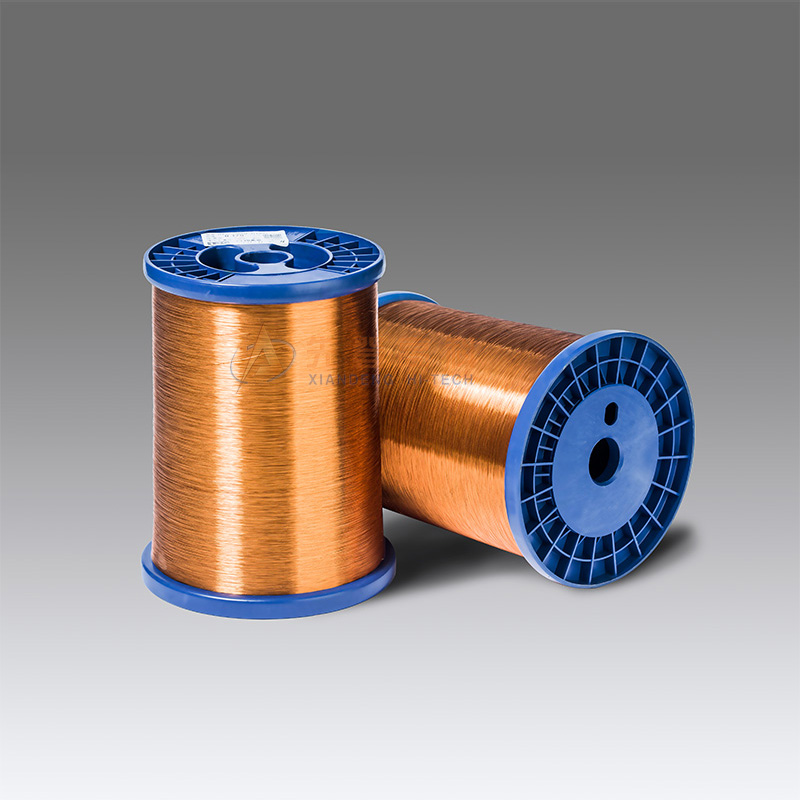

Copper clad aluminum wire, also known as CCA wire, is a […]
Copper clad aluminum wire, also known as CCA wire, is a type of electrical wire that is made by coating an aluminum wire with a layer of copper. The copper coating provides the wire with better conductivity and durability, making it an affordable and reliable alternative to pure copper wire.
One of the main benefits of copper clad aluminum wire is its cost-effectiveness. Copper is a much more expensive material than aluminum, and pure copper wire can be prohibitively expensive for many applications. By using copper clad aluminum wire, manufacturers can create a wire that is both cost-effective and reliable.
Another benefit of copper clad aluminum wire is its lightweight and flexibility. Aluminum is a much lighter material than copper, which makes copper clad aluminum wire an ideal choice for applications where weight and flexibility are important. This can be particularly useful in situations where the wire needs to be easily maneuvered or where space is limited.
In addition to its cost-effectiveness and lightweight design, copper clad aluminum wire is also durable and long-lasting. The copper coating on the aluminum wire provides it with better resistance to corrosion, abrasion, and other types of wear and tear. This means that copper clad aluminum wire can withstand a greater amount of stress and pressure than other types of wire, making it a reliable choice for a wide range of applications.
One important consideration when using copper clad aluminum wire is its ampacity, or the amount of current that the wire can safely carry. Copper clad aluminum wire typically has a lower ampacity than pure copper wire, which means that it may not be suitable for certain high-current applications. However, for many applications, copper clad aluminum wire provides a safe and reliable solution.
Overall, copper clad aluminum wire is a cost-effective, lightweight, and durable alternative to pure copper wire. Its copper coating provides it with better conductivity and resistance to wear and tear, making it a reliable choice for a wide range of electrical applications. As with any type of electrical wire, it is important to choose the appropriate size and ampacity for your specific application to ensure safe and reliable operation.
